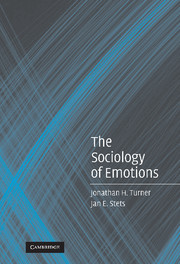Introduction
There has always been a false impression that Erving Goffman’s work represents a variant of symbolic interactionism, at least in the United States, whereas in fact, Goffman was more inclined to think of Émile Durkheim (1912) than George Herbert Mead as the inspiration for his work. Part of this misconception comes from Goffman’s first major work, The Presentation of Self in Everyday Life (1959), where presentations of self are seen to involve the active manipulation by a person on a stage of actors who are all presenting self to sustain a line of conduct in accordance with a cultural scrip, thereby creating a sense, even if somewhat illusionary, of solidarity. In contrast, symbolic interactionists view self-presentations and their verification by others as the driving motive force of human interaction.
Goffman (1961a, 1963b) also outlined in some of his works the pathologies of interaction when there is a “detachment of self” from ongoing relations with others and the symbols marking these relations: when self-presentations go wrong, when individuals have characteristics that give them stigma, when they must adapt to total institutions and other situations where pathologies in the organization of interaction lead individuals to experience social pain. Here Goffman comes closer to symbolic interactionist views of self attached to a variety of objects, not just other person but also almost any physical objects (totems, cars, flags, places, other persons) and virtually an unlimited number of culturally defined and more abstract objects (beliefs, values, status). People have “identity kits” and the presentation of self involves employing all the tools in this kit. Here, there is an application of Durkheim’s emphasis on ritual toward objects (society and groups, symbols of social structures, conceptions of self) and symbolic interactionist view of self as a cognitive-emotionally charge construct that individuals present and must have affirmed. The failure to verify self will, Goffman argued, lead to negative emotional arousal and negative evaluation of self. Thus, such negative emotions as shame, humiliation, embarrassment, fear, distress, etc. not only mark a failure to verify self, but they also strike at the very core of individuals’ sense of self and, thereby, have effects long after any particular interaction is completed.
